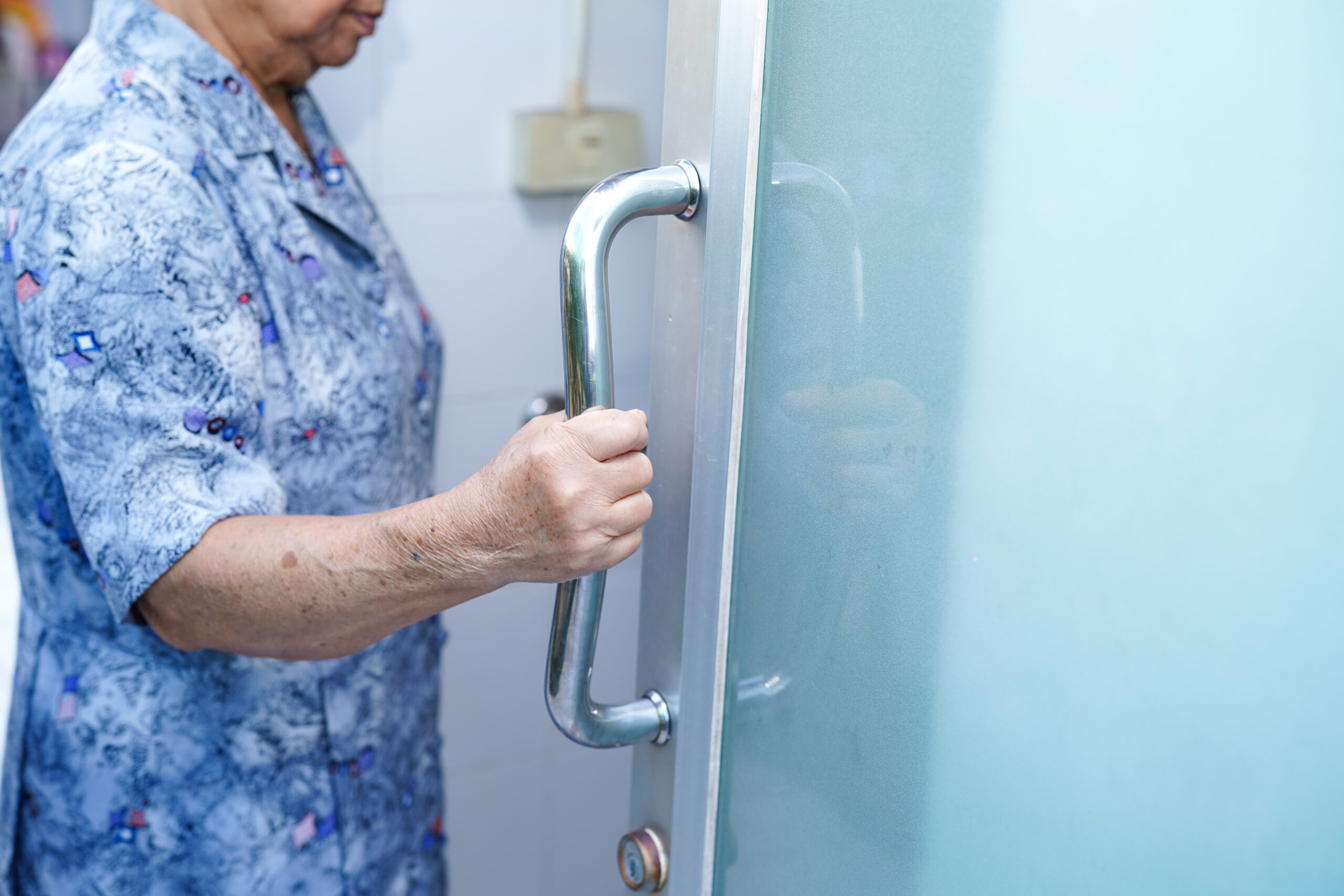Why do people with dementia engage better with textured object therapy for tactile stimulation?
Engaging with textured objects, also known as tactile stimulation, is a powerful way to connect with people who have dementia. This type of therapy uses different textures to stimulate the sense of touch, which can be very comforting and engaging for individuals with dementia.
One of the main reasons people with dementia respond well to textured object therapy is that it provides a non-verbal way to communicate and connect. As dementia progresses, verbal communication can become more difficult, but the sense of touch remains strong. Activities like creating tactile boards with various textures such as silk, burlap, felt, or buttons offer satisfying hand activities that can help prevent fidgeting and repetitive behaviors. These boards are especially useful for patients who become anxious when they are not engaged.
Textured objects also evoke memories and emotions. For example, touching a soft piece of fabric might remind someone of a favorite blanket from their childhood, triggering a positive emotional response. This emotional connection can help individuals with dementia feel more secure and grounded, even when their surroundings seem unfamiliar.
Another benefit of tactile stimulation is its ability to reduce agitation and anxiety. Weighted blankets or lap pads, which provide deep pressure stimulation, are often used to calm individuals during stressful times, such as bedtime or medical appointments. The physical sensation of these weighted objects can be very grounding, reducing confusion and promoting relaxation.
In addition to these benefits, tactile activities can be adapted to suit different stages of dementia. For instance, smoothing out crumpled tissue paper can be a calming and engaging activity that provides a tactile sensation, helping to ease agitation and anxiety as the disease progresses.
Overall, textured object therapy offers a simple yet effective way to engage with people who have dementia, providing comfort, reducing stress, and fostering a sense of connection through the power of touch.





